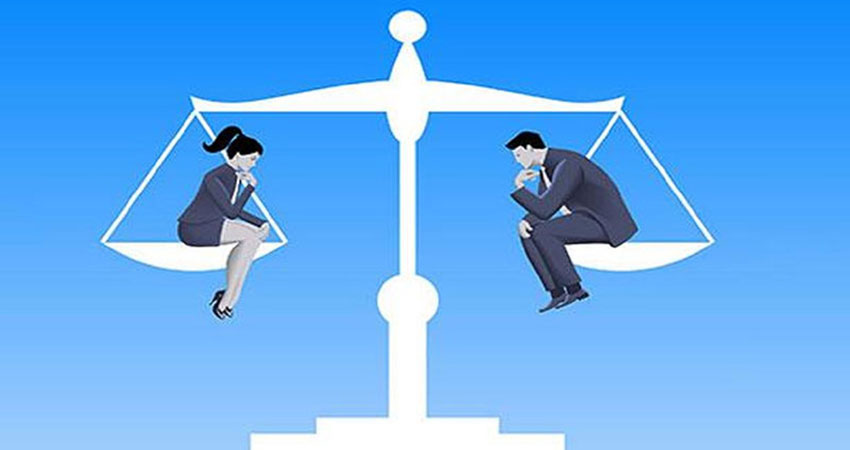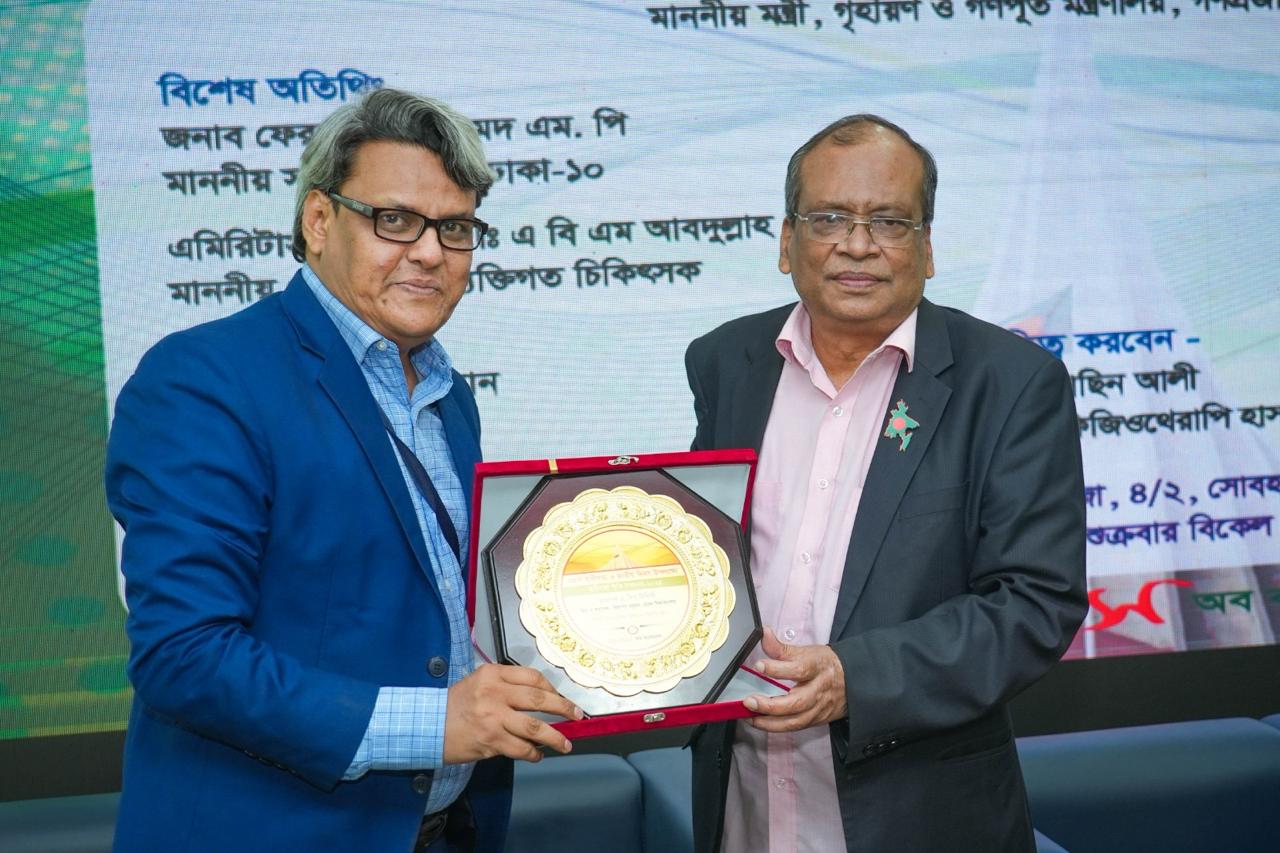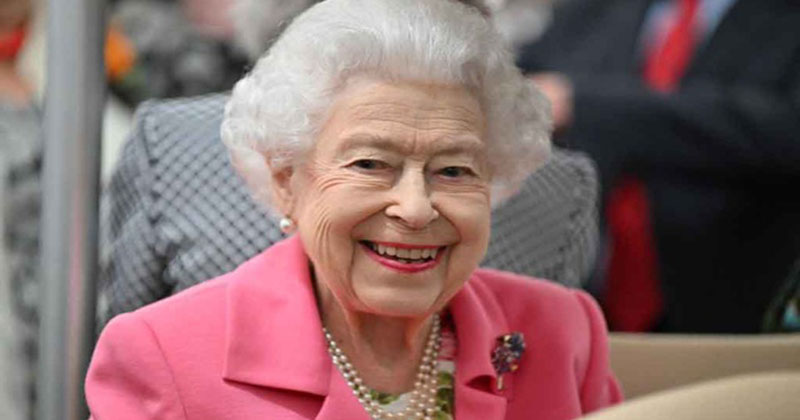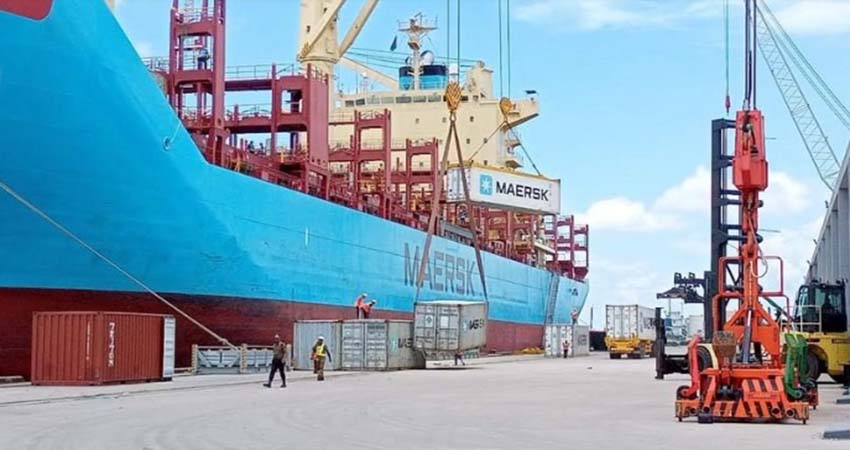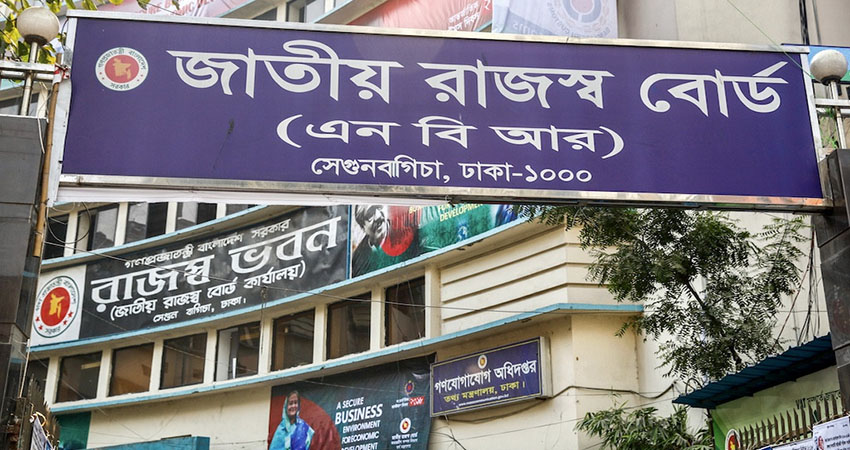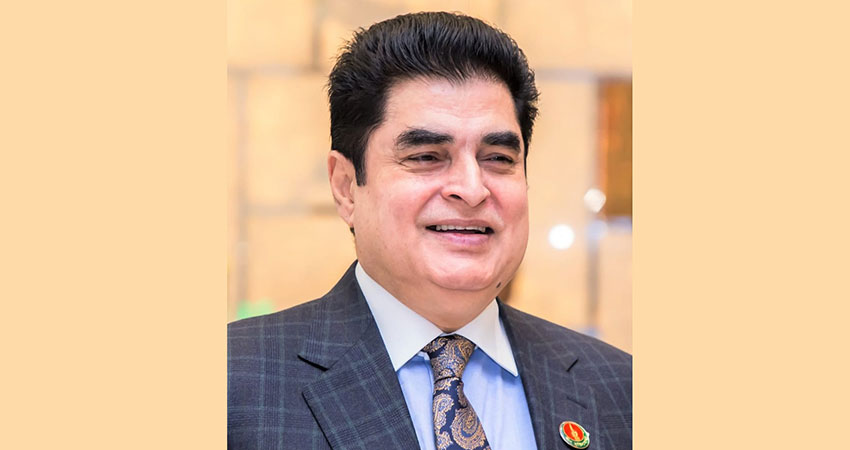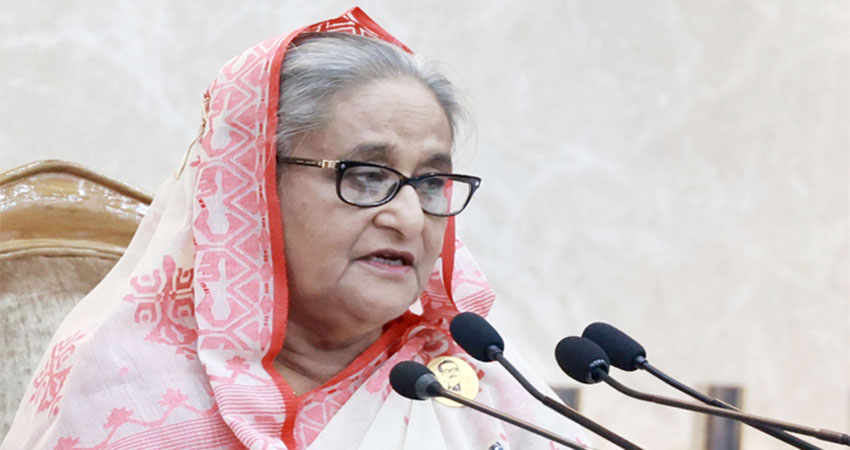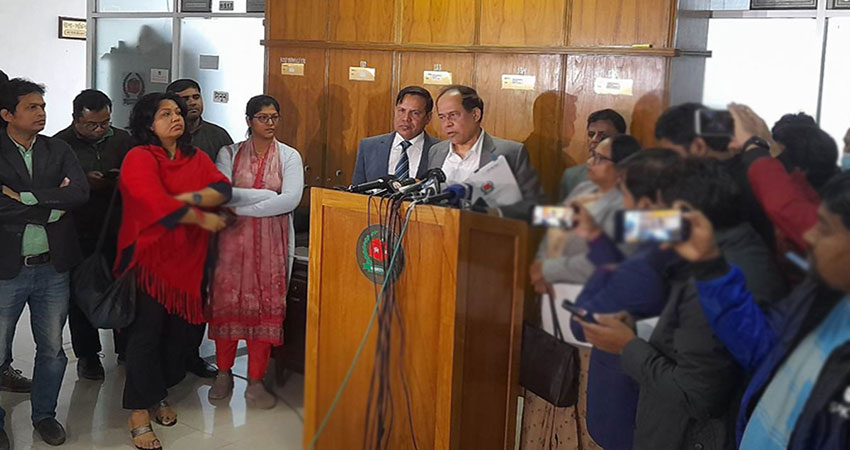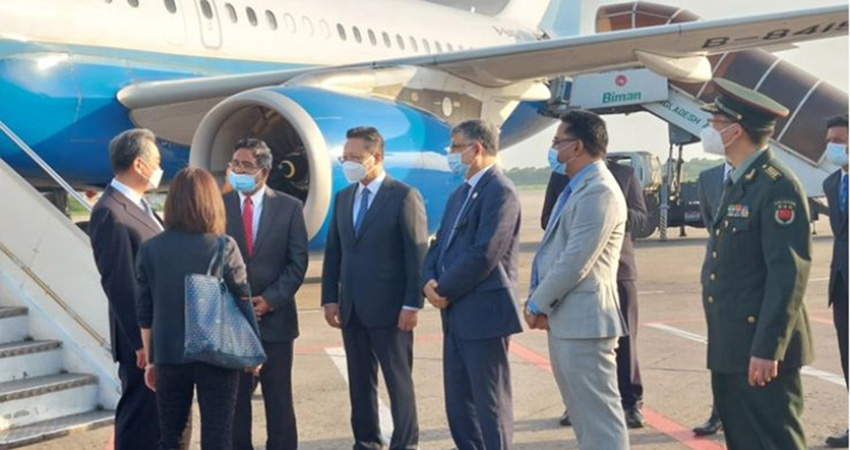According to the recently released Global Gender Gap Report 2023 by the World Economic Forum (WEF), Bangladesh has emerged as the top performer in South Asia in terms of gender parity. With a score of 72.2%, Bangladesh ranks 59th globally, showcasing significant progress in various sectors.
One of the standout achievements for Bangladesh is in the Political Empowerment subindex, where it ranks seventh globally, attaining 55.2% gender parity. Impressively, Bangladesh has had a woman head of state for 29.3 years out of the last 50 years, marking the longest duration in the world. However, the country's representation of women in ministerial positions (10%) and parliamentary positions (20.9%) remains relatively low.
In terms of Health and Survival, Bangladesh demonstrates parity in sex ratios at birth, achieving a score of 96.2%. However, the report highlights a drop in gender parity in healthy life expectancy, as men's life expectancy has been increasing faster than that of women since the 2020 edition.
The Educational Attainment subindex reveals that Bangladesh has achieved a parity score of 93.6%. The country has made significant progress in improving literacy rates and increasing enrollment in secondary and tertiary education over the past decade. While there is now full parity in enrollment in secondary education, there remains a persistent gap in literacy rates and enrollment in tertiary education.
On the Economic Participation and Opportunity subindex, Bangladesh's performance is relatively lower, ranking 139th globally with a parity score of 43.8%. However, this marks a recovery to its 2020 parity level. The report highlights improvements in estimated earned income since the 2021 edition as a driving factor for this recovery, although gaps across other indicators show less change.
Overall, Bangladesh's trajectory in gender parity is characterized by continuous progress in political empowerment. The country's achievements in this regard, along with its high parity scores in various subindexes, have contributed to its top ranking in South Asia. However, there are still areas that require attention, such as increasing women's representation in decision-making positions and addressing gaps in economic participation.
The Global Gender Gap Report 2023 also sheds light on the gender parity status in South Asia as a region. South Asia currently ranks second-lowest among the eight regions, achieving a gender parity score of 63.4%. While there has been a 1.1 percentage-point improvement since the last edition, the report emphasizes that at the current rate of progress, full parity in the region will be achieved in 149 years.
Compared to other regions, South Asia faces the widest gender gap in the Economic Participation and Opportunity subindex, with only 37.2% of the gap closed. However, there has been a 1.4 percentage-point improvement since the last edition, attributed partially to the progress of countries like Bangladesh, India, and Pakistan.
In terms of educational attainment, South Asia has closed 96% of the gender gap, ranking fifth among the eight regions. Countries such as India, Sri Lanka, and Maldives have achieved the highest regional parity scores, while Bangladesh, Nepal, Pakistan, and Afghanistan still lag behind.
While South Asia has shown improvement, the region continues to have the second-lowest regional parity score on the Health and Survival subindex, standing at 95.3%. Notably, Bangladesh has made progress in this area, along with countries like Pakistan, India, the Maldives, and Nepal.
The report highlights that the widest gender gap across all regions is found in the Political Empowerment subindex. South Asia ranks fourth among the eight regions in this regard, with a parity score of 25.1%. However, the region has experienced a setback in this subindex, with a 1% reduction in parity since the last edition. Bangladesh, Maldives, and Nepal are the only countries in the region that have improved their scores, while Iran, Sri Lanka, and Afghanistan have witnessed a decline in parity.
Bangladesh stands out as the top performer in South Asia, demonstrating notable progress in achieving gender parity, particularly in political empowerment. While there is still work to be done in areas such as economic participation and opportunity, the country's advancements serve as an inspiration for the region.
One of the standout achievements for Bangladesh is in the Political Empowerment subindex, where it ranks seventh globally, attaining 55.2% gender parity. Impressively, Bangladesh has had a woman head of state for 29.3 years out of the last 50 years, marking the longest duration in the world. However, the country's representation of women in ministerial positions (10%) and parliamentary positions (20.9%) remains relatively low.
In terms of Health and Survival, Bangladesh demonstrates parity in sex ratios at birth, achieving a score of 96.2%. However, the report highlights a drop in gender parity in healthy life expectancy, as men's life expectancy has been increasing faster than that of women since the 2020 edition.
The Educational Attainment subindex reveals that Bangladesh has achieved a parity score of 93.6%. The country has made significant progress in improving literacy rates and increasing enrollment in secondary and tertiary education over the past decade. While there is now full parity in enrollment in secondary education, there remains a persistent gap in literacy rates and enrollment in tertiary education.
On the Economic Participation and Opportunity subindex, Bangladesh's performance is relatively lower, ranking 139th globally with a parity score of 43.8%. However, this marks a recovery to its 2020 parity level. The report highlights improvements in estimated earned income since the 2021 edition as a driving factor for this recovery, although gaps across other indicators show less change.
Overall, Bangladesh's trajectory in gender parity is characterized by continuous progress in political empowerment. The country's achievements in this regard, along with its high parity scores in various subindexes, have contributed to its top ranking in South Asia. However, there are still areas that require attention, such as increasing women's representation in decision-making positions and addressing gaps in economic participation.
The Global Gender Gap Report 2023 also sheds light on the gender parity status in South Asia as a region. South Asia currently ranks second-lowest among the eight regions, achieving a gender parity score of 63.4%. While there has been a 1.1 percentage-point improvement since the last edition, the report emphasizes that at the current rate of progress, full parity in the region will be achieved in 149 years.
Compared to other regions, South Asia faces the widest gender gap in the Economic Participation and Opportunity subindex, with only 37.2% of the gap closed. However, there has been a 1.4 percentage-point improvement since the last edition, attributed partially to the progress of countries like Bangladesh, India, and Pakistan.
In terms of educational attainment, South Asia has closed 96% of the gender gap, ranking fifth among the eight regions. Countries such as India, Sri Lanka, and Maldives have achieved the highest regional parity scores, while Bangladesh, Nepal, Pakistan, and Afghanistan still lag behind.
While South Asia has shown improvement, the region continues to have the second-lowest regional parity score on the Health and Survival subindex, standing at 95.3%. Notably, Bangladesh has made progress in this area, along with countries like Pakistan, India, the Maldives, and Nepal.
The report highlights that the widest gender gap across all regions is found in the Political Empowerment subindex. South Asia ranks fourth among the eight regions in this regard, with a parity score of 25.1%. However, the region has experienced a setback in this subindex, with a 1% reduction in parity since the last edition. Bangladesh, Maldives, and Nepal are the only countries in the region that have improved their scores, while Iran, Sri Lanka, and Afghanistan have witnessed a decline in parity.
Bangladesh stands out as the top performer in South Asia, demonstrating notable progress in achieving gender parity, particularly in political empowerment. While there is still work to be done in areas such as economic participation and opportunity, the country's advancements serve as an inspiration for the region.

